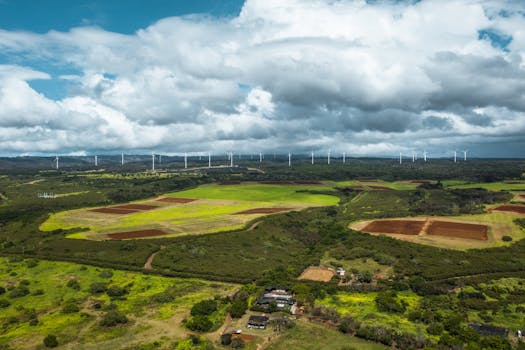
High-Tech Horizons: The Evolution of Earth-Orbiting Technologies for Observation is a rapidly advancing field that has transformed the way we observe and understand our planet. The development of earth-orbiting technologies has enabled us to gather valuable insights into our planet and its resources, facilitating informed decision-making and driving innovation.
The history of earth-orbiting technologies dates back to the 1950s, when the first artificial satellites were launched into space. Since then, significant advancements have been made, with the development of more sophisticated satellites, sensors, and observational systems. Today, earth-orbiting technologies are used for a wide range of applications, including weather forecasting, climate monitoring, natural resource management, and disaster response.
One of the key drivers of the evolution of earth-orbiting technologies has been the need for more accurate and reliable data. The development of advanced sensors and observational systems has enabled us to gather high-resolution data on various parameters, such as temperature, humidity, and vegetation health. This data is then used to generate detailed maps and models, which are essential for understanding complex phenomena, such as climate change and natural disasters.
The use of earth-orbiting technologies has also facilitated the development of new applications and services. For example, satellite-based navigation systems, such as GPS, have revolutionized the way we navigate and transport goods. Similarly, satellite-based communication systems have enabled us to stay connected with people and devices around the world, facilitating global communication and collaboration.
In addition to these practical applications, earth-orbiting technologies have also enabled us to gain a deeper understanding of our planet and its resources. The development of advanced sensors and observational systems has enabled us to study complex phenomena, such as ocean currents, atmospheric circulation, and the water cycle. This knowledge is essential for managing our planet’s resources sustainably and mitigating the impacts of climate change.
The future of earth-orbiting technologies is exciting and promising. With the development of new technologies, such as small satellites and satellite constellations, we can expect to see even more advanced applications and services emerge. For example, the use of small satellites has enabled us to launch more frequent and affordable satellite missions, while satellite constellations have enabled us to gather data on a global scale.
However, the development and deployment of earth-orbiting technologies also pose significant challenges. One of the key challenges is the need for international cooperation and coordination, as the use of space-based technologies requires global agreements and standards. Another challenge is the need for sustainable and responsible use of space-based technologies, as the increasing number of satellites and space debris poses a significant threat to the environment and human safety.
Despite these challenges, the benefits of earth-orbiting technologies are undeniable. The use of these technologies has enabled us to gain a deeper understanding of our planet and its resources, facilitating informed decision-making and driving innovation. As we continue to push the boundaries of what is possible with earth-orbiting technologies, we can expect to see even more exciting developments and applications emerge.
In conclusion, High-Tech Horizons: The Evolution of Earth-Orbiting Technologies for Observation is a rapidly advancing field that has transformed the way we observe and understand our planet. The development of advanced sensors, observational systems, and satellites has enabled us to gather valuable insights into our planet and its resources, facilitating informed decision-making and driving innovation. As we look to the future, it is essential that we continue to invest in the development and deployment of earth-orbiting technologies, while also addressing the challenges and risks associated with their use.